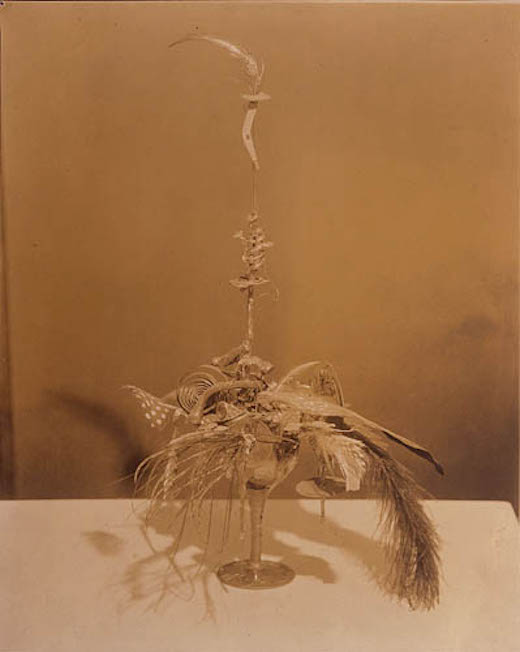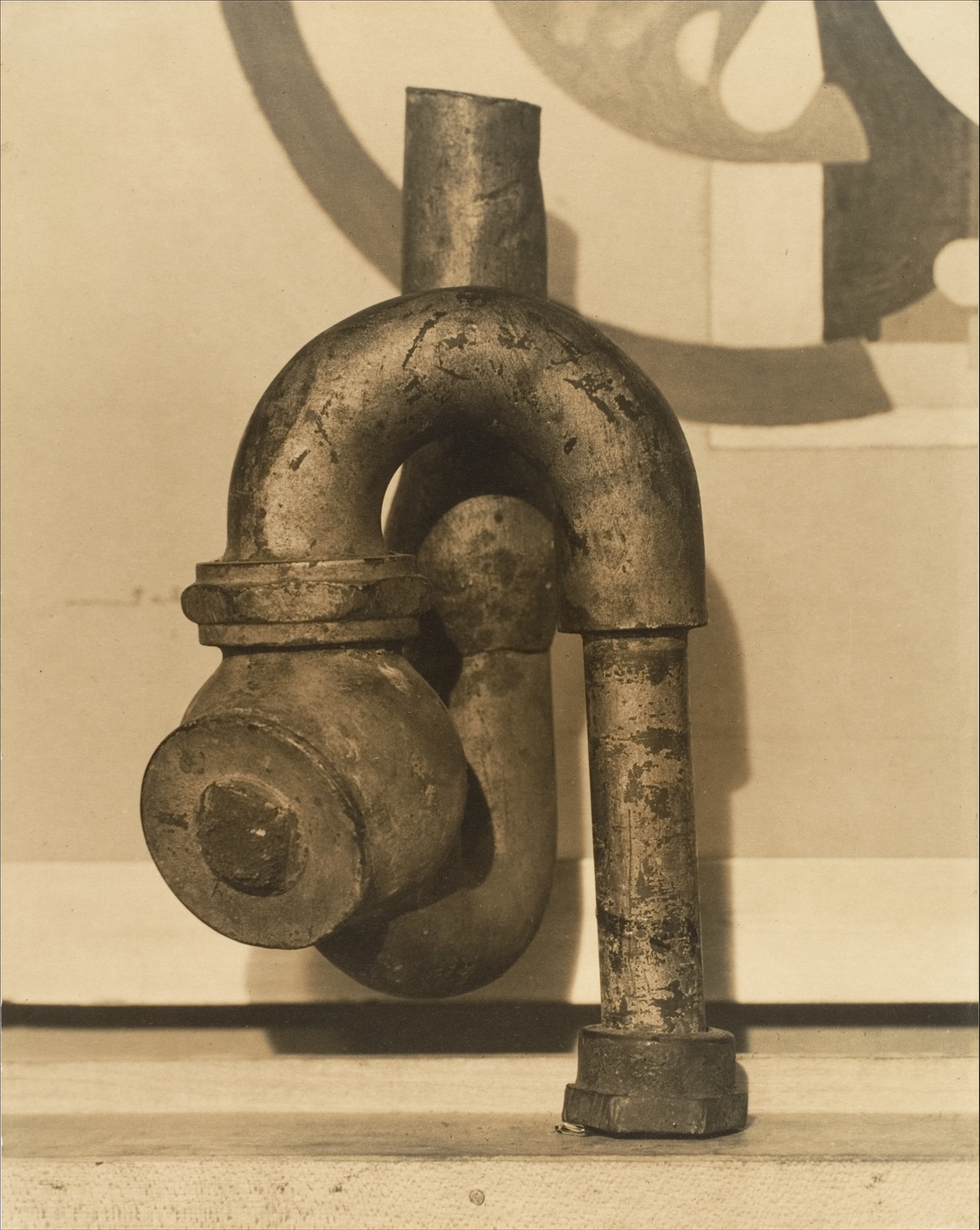During the making of Stanley Kubrick’s 2001: A Space Odyssey, “the film’s narrative trajectory pointed inexorably toward a big ending, even a revelation, but Kubrick kept changing his mind about what that ending would be — and nobody who saw the film knew quite what to make of the one he finally chose.” Those words come from a piece by The New Yorker’s Dan Chiasson, published to mark the fiftieth anniversary of the film’s release. Since then, generations of viewers have interpreted 2001, and especially its ending, in their own way. But these debates over meaning may all change now that Kubrick’s own interpretation seems to have surfaced.
Not only that, it turns out to differ markedly from most of the ones in circulation. “I’ve tried to avoid doing this ever since the picture came out,” Kubrick tells journalist Junichi Yaoi when the latter asks what 2001’s ending means.
“When you just say the ideas they sound foolish, whereas if they’re dramatized one feels it, but I’ll try.” He then reveals his view of the concept behind it:
The idea was supposed to be that he is taken in by god-like entities, creatures of pure energy and intelligence with no shape or form. They put him in what I suppose you could describe as a human zoo to study him, and his whole life passes from that point on in that room. And he has no sense of time. It just seems to happen as it does in the film.
They choose this room, which is a very inaccurate replica of French architecture (deliberately so, inaccurate) because one was suggesting that they had some idea of something that he might think was pretty, but wasn’t quite sure. Just as we’re not quite sure what do in zoos with animals to try to give them what they think is their natural environment.
Anyway, when they get finished with him, as happens in so many myths of all cultures in the world, he is transformed into some kind of super being and sent back to Earth, transformed and made some kind of superman. We have to only guess what happens when he goes back. It is the pattern of a great deal of mythology, and that is what we were trying to suggest.
This makes sense, or at least as much sense as any of the better interpretations of 2001’s ending out there. Drawing explicitly on ancient mythology has become standard practice for big-budget spectacles, especially after Star Wars did it to much greater commercial success almost a decade later, but in development the idea must have seemed radical. Some will take Kubrick’s explanation as definitive, and others, subscribing to a different philosophy of artistic creation, will show no more interest in it than they do in Ridley Scott’s personal views on whether Deckard is a replicant.
The mysterious nature of the interview clip itself, a piece of the footage gathered in 1980 for a never-released Japanese documentary, suits the nature of the revelation. We see only Yaoi as he interviews Kubrick over the phone, but not, according to Pixar director and Kubrick superfan Lee Unkrich, because the director wasn’t there. Unkrich posted to Reddit that, as the Warner Brothers publicist who toured the Japanese crew around told him, “Stanley was actually at the studio that day, but didn’t want to meet with the crew and be interviewed on camera.” So even though we hear his voice on the phone, “he’s actually just in another office!”
But then, nobody ever accused Kubrick of possessing conventional habits, personal or professional. Not that a conventional mind could ever have directed the film that 2001: A Space Odyssey turned out to be, one that, in Chiasson’s words, “took for granted a broad cultural tolerance, if not an appetite, for enigma, as well as the time and inclination for parsing interpretive mysteries.” Kubrick might have completed the film with his own ideas about the meaning of everything in it, but he surely knew, and respected, that everyone who saw it would also come out of the theater with their own.
Related Content:
Watch the Opening of Kubrick’s 2001: A Space Odyssey with the Original, Unused Score
Based in Seoul, Colin Marshall writes and broadcasts on cities and culture. His projects include the book The Stateless City: a Walk through 21st-Century Los Angeles and the video series The City in Cinema. Follow him on Twitter at @colinmarshall or on Facebook.





